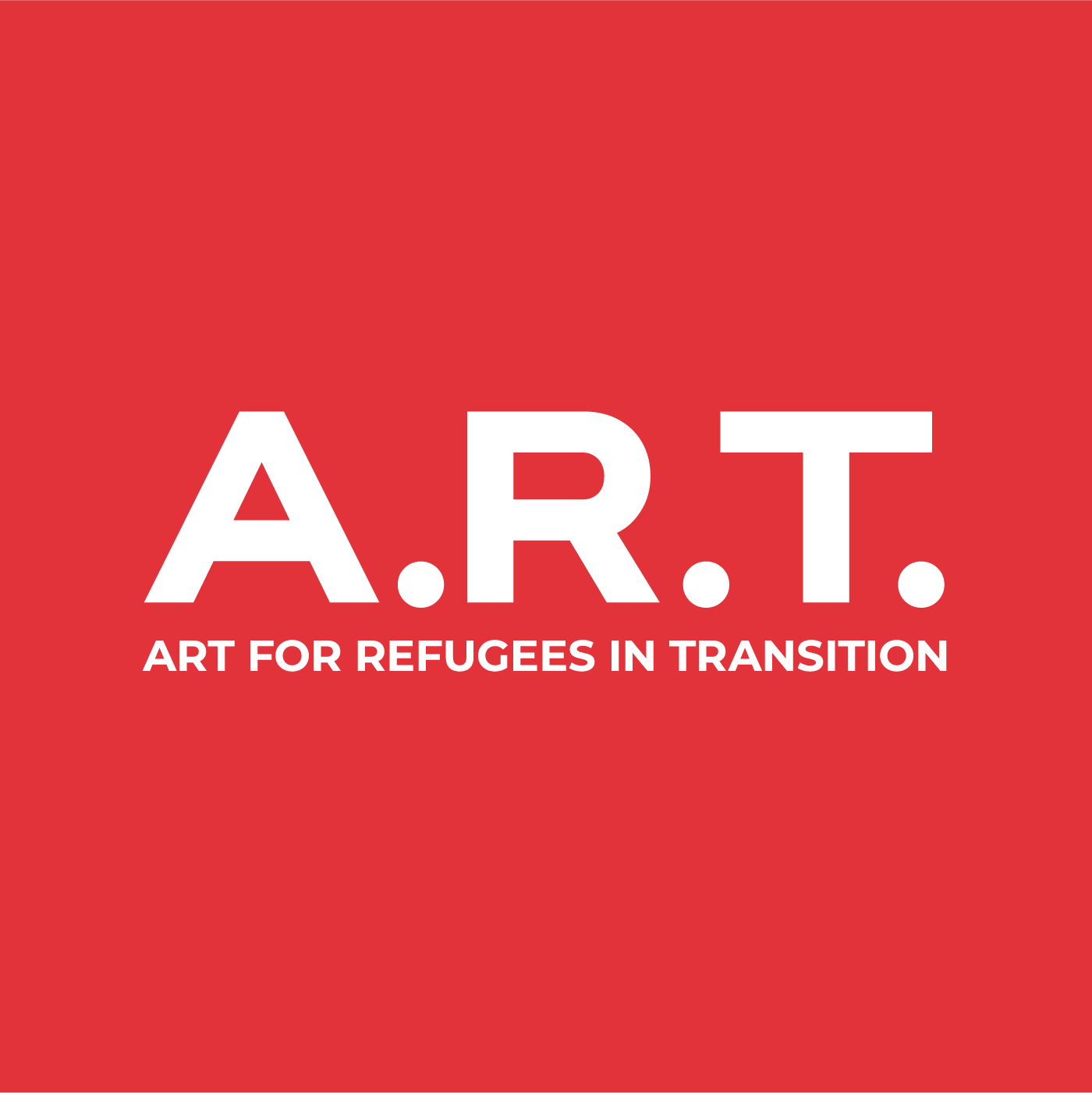I arrived to Medellin looking forward to a meeting with the staff of IOM Antioquia. The purpose of the meeting is to talk about A.R.T. ’s methodology and the training process that will take place during the next three days with the people of Casa de la Cultura, Teatro Tespys and some leaders of the community of El Carmen de Viboral.
Medellin seems bigger and modern than what I remembered from 12 years ago. Around 5:30pm I left the office of IOM. It was late and I had to rush to the terminal to take the bus that was going to take me to El Carmen as soon as possible. The meeting was successful but very long; I’m tired, excited and nervous at the same time. I don’t really know what to expect from the little town, and from its people. I have an hour and a half trip to assimilate, that after some months of waiting, I’m finally here, away from home and very anxious.
I got to the main square of the town at 7 pm. I had heavy luggage with me and I was worried about how to get to La Casa de la Cultura with it. I only wanted to avoid any tourist appearance, but that was impossible. I talked to some guy in the street trying to figure out the best way to move out of there and finally meet the people that are going to be my partners during the next weeks. He took a cab and helped me out with my uncomfortable luggage.
“Casa de la Cultura Sixto Arango Gallo” Finally! The first person a met was Irley, from Teatro Tespys. She seems nice and very different from what I have imagined (nicer, as a matter of fact). She took me to the place that will be my “new home” -which is a few blocks away-, and introduced me to the woman in charge.
The place is called “La villa campesina” (the partisan village). It’s a very big house with lots of rooms full of pump beds. I left my luggage and went out with Irley to meet the rest of the people.
When I arrived to La Casa de la Cultura again, I met Kamber, the director, and he asked me if I wanted to eat something and hang out for a while. I accepted, of course. He recommended a place that is known because of its food specialty: homemade sausage. He showed me around town and it seems very nice... very alive. I’m surprised, it’s Monday and it’s almost 10 pm and there’s a lot of people hanging around, having a “manzanilla tea” (a specialty of the town) and laughing.
I went back to “La Villa” about 10:30 pm; I checked for the last time the agenda of the meeting of tomorrow and went to bed. It’s going to be a very long day.
